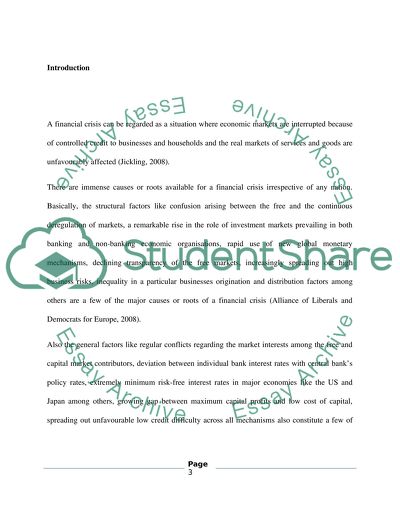Cite this document
(“Error”, n.d.)
Retrieved from https://studentshare.org/finance-accounting/1393942-global-financial-crisis
Retrieved from https://studentshare.org/finance-accounting/1393942-global-financial-crisis
(Error)
https://studentshare.org/finance-accounting/1393942-global-financial-crisis.
https://studentshare.org/finance-accounting/1393942-global-financial-crisis.
“Error”, n.d. https://studentshare.org/finance-accounting/1393942-global-financial-crisis.


